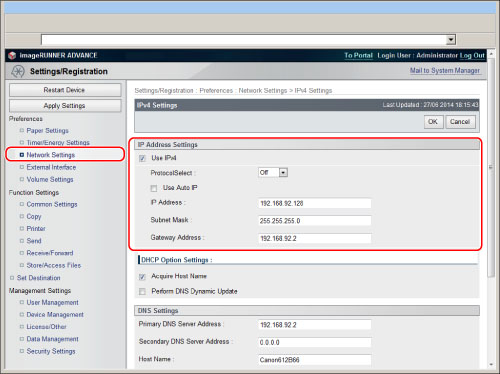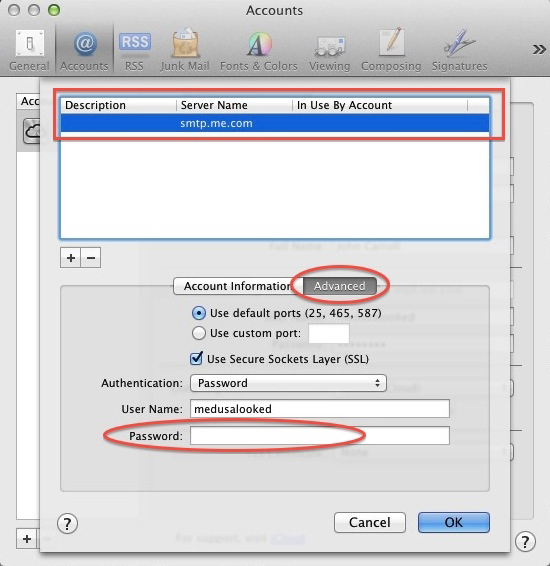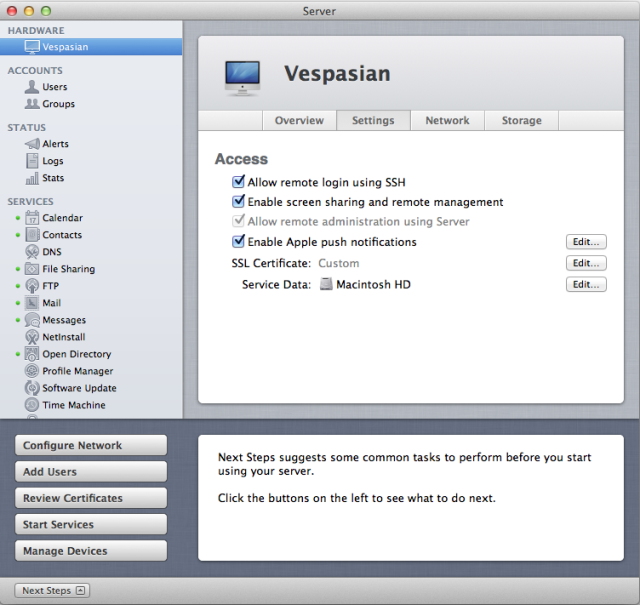

The interesting lines here are the following section: You will see a section which looks like this: (the first columns are left out to make text easier to read) The log will now contain info on who is trying to send the spam message.
Search for the senders address in the hMailServer log. 
Monitor the queue of "Undelivered messages" and note the sender and recipient address of one of the spam messages.
Wait a few minutes so that the spammer sends another email through your server. Enabling more will make it harder to analyze the logs So you need to determine which accounts send you the email messages: #STOP UNWANTED RELAY ON MAC MAIL SERVER 10.6 PASSWORD#
In most cases when this happens, the user has selected a weak password such as "test" or "secret". If you are sure that external to external is not permitted in any of your IP ranges, and you have ensured that you require authentication for deliveries to external accounts, it likely means that the spammer is using one of the accounts on the server to send spam.
 Never allow delivery from external to external accounts. Typically, in the Internet IP range, hMailServer should be configured to require SMTP authentication for deliveries to external accounts. Check your IP range settings and make sure that you require authentication. A fourth method is to use other open relay tests. eml files, say, more than 250, even though no one is currently sending email through your server, it's likely that someone is using your server to send spam. If this folder (not the sub folders) contains a lot of. The remote server will automatically connect back to the mail server running on your computer and execute some tests to check whether your computer can be used for spamming. Another method is to telnet from the computer running hMailServer. So if you do not recgonize either the senders address or the recipients address, it's probabily spam. If the queue contains a lot of messages from external to other external addresses, it's pretty safe to say that someone is abusing your server to send spam. First check the hMailServer delivery queue. hMailServer does not allow this by default, but if you have configured hMailServer incorrectly or used weak passwords for your e-mail accounts, it's rather easy for them to do this. It's a quite common problem that spammers use other peoples servers to deliver spam messages.
Never allow delivery from external to external accounts. Typically, in the Internet IP range, hMailServer should be configured to require SMTP authentication for deliveries to external accounts. Check your IP range settings and make sure that you require authentication. A fourth method is to use other open relay tests. eml files, say, more than 250, even though no one is currently sending email through your server, it's likely that someone is using your server to send spam. If this folder (not the sub folders) contains a lot of. The remote server will automatically connect back to the mail server running on your computer and execute some tests to check whether your computer can be used for spamming. Another method is to telnet from the computer running hMailServer. So if you do not recgonize either the senders address or the recipients address, it's probabily spam. If the queue contains a lot of messages from external to other external addresses, it's pretty safe to say that someone is abusing your server to send spam. First check the hMailServer delivery queue. hMailServer does not allow this by default, but if you have configured hMailServer incorrectly or used weak passwords for your e-mail accounts, it's rather easy for them to do this. It's a quite common problem that spammers use other peoples servers to deliver spam messages.







 0 kommentar(er)
0 kommentar(er)
